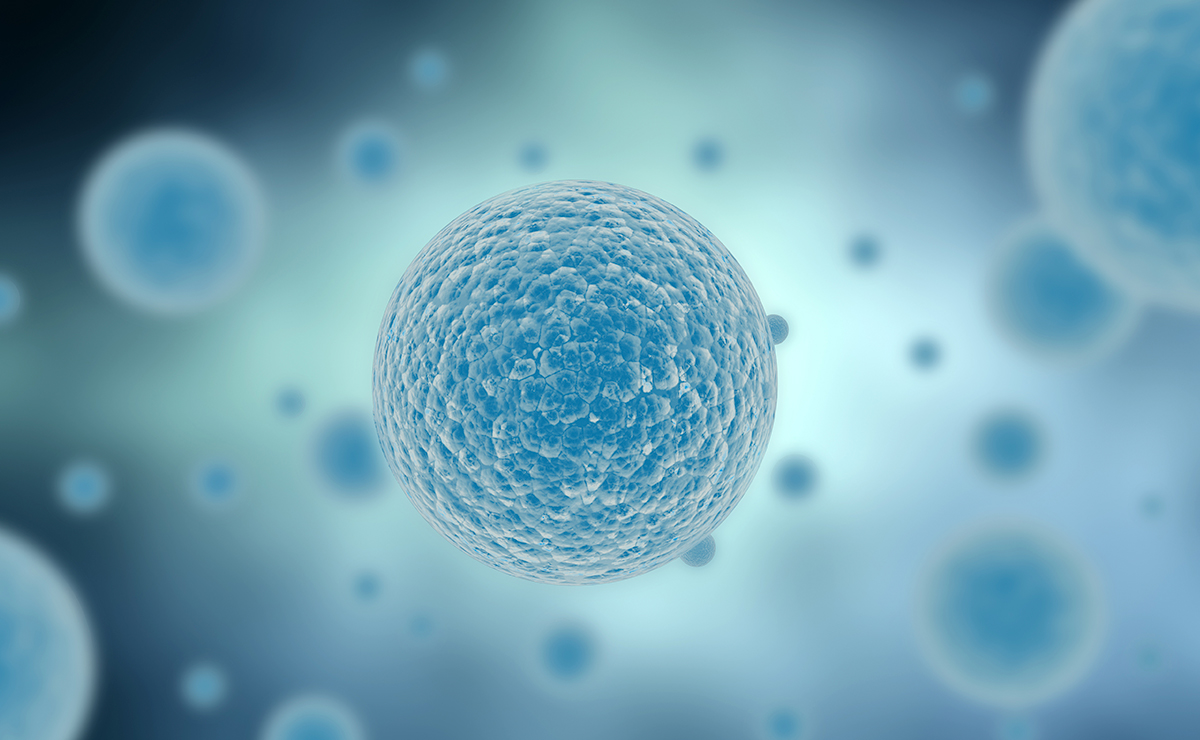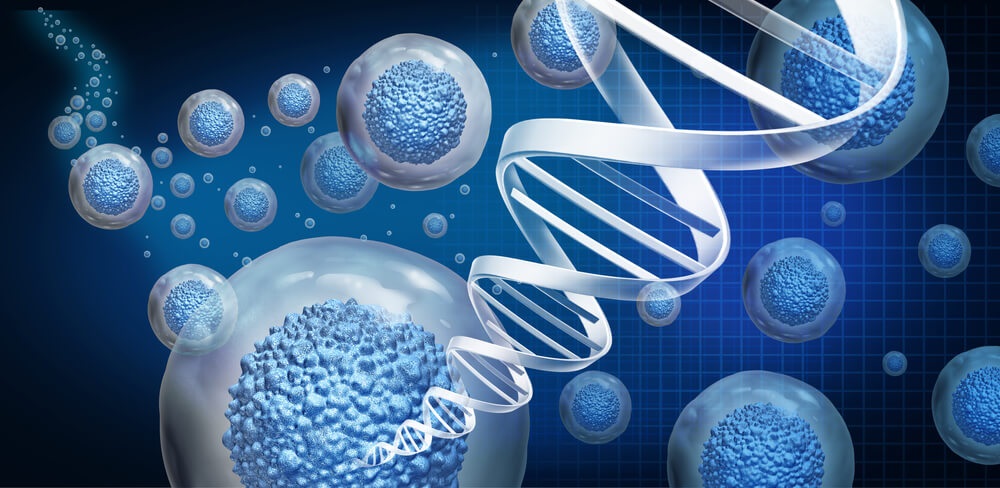Tissue healing and regeneration are vital processes that ensure the body’s recovery from injuries, surgeries, and illnesses. These intricate biological mechanisms not only restore damaged tissues but also maintain the structural and functional integrity of the body. From everyday cuts and scrapes to advanced regenerative therapies, understanding how tissue healing works empowers individuals to optimize recovery and support overall health. This comprehensive guide explores the science, phases, and factors influencing tissue healing while delving into innovative therapies and practical strategies for faster and more effective recovery.
The Science Behind Tissue Healing
Anatomy of Human Tissues
Human tissues are categorized into four main types:
- Epithelial Tissue – Forms protective barriers (e.g., skin and mucous membranes).
- Connective Tissue – Provides structural support (e.g., bone, cartilage, and blood).
- Muscle Tissue – Enables movement.
- Nervous Tissue – Facilitates communication through electrical signals.
Each tissue type exhibits unique healing capacities. For instance, epithelial tissues regenerate rapidly, while nerve tissues heal much slower due to limited regenerative abilities.
Cellular and Molecular Mechanisms
The healing process involves specialized cells and molecules:
- Fibroblasts: Produce collagen and extracellular matrix to form new tissue.
- Macrophages: Remove debris and release growth factors to stimulate repair.
- Growth Factors: VEGF (vascular endothelial growth factor) promotes new blood vessel formation, while TGF-β (transforming growth factor-beta) aids in collagen synthesis.
The Role of the Immune System

A balanced immune response is crucial for tissue repair. While inflammation is essential for clearing damaged cells, excessive or prolonged inflammation can hinder healing. Immune cells like neutrophils and macrophages coordinate tissue repair by managing inflammation and stimulating regeneration.
Phases of Tissue Healing
Inflammatory Phase
- Duration: 1–7 days post-injury.
- Purpose: Removes pathogens and damaged cells.
- Key Players: Neutrophils release enzymes to eliminate debris, while macrophages initiate repair by releasing cytokines.
Proliferative Phase
- Duration: 4–24 days.
- Purpose: Formation of granulation tissue.
- Key Processes:
- Angiogenesis creates new blood vessels.
- Fibroblasts produce collagen to form the extracellular matrix.
Remodeling Phase
- Duration: 21 days to several months.
- Purpose: Strengthening and functional restoration of tissue.
- Key Processes: Collagen is reorganized, and scar tissue matures.
Factors Influencing Tissue Healing
Intrinsic Factors
- Age: Older individuals experience slower healing due to reduced cellular activity.
- Genetics: Genetic predispositions can affect collagen production and immune responses.
Extrinsic Factors
- Nutrition: Vitamins C and D, zinc, and proteins are critical for repair.
- Lifestyle: Smoking and alcohol impair healing, while regular exercise boosts circulation and repair processes.
- Environment: Proper wound care and hygiene prevent infections and promote healing.
Systemic Health Conditions
Conditions like diabetes, vascular diseases, and autoimmune disorders impede healing by affecting circulation and immune function.
Psychological Factors
Chronic stress elevates cortisol levels, which can suppress immune responses and slow down tissue repair.
Therapies and Interventions for Tissue Healing
Conventional Medical Approaches
- Medications: Anti-inflammatory drugs and antibiotics.
- Surgical Interventions: Skin grafts for severe wounds.
Physical Therapies
- Physiotherapy: Restores mobility and function post-injury.
- Laser Therapy: Stimulates cellular activity to accelerate healing.
Advanced Techniques
- Stem Cell Therapy: Introduces regenerative cells to damaged areas.
- Platelet-Rich Plasma (PRP): Concentrated platelets enhance growth factor delivery.
Alternative Therapies
- Acupuncture and herbal remedies can complement medical treatments by improving circulation and reducing inflammation.
Innovations in Tissue Regeneration
Bioprinting and Tissue Engineering
- 3D-printed scaffolds mimic the extracellular matrix to support tissue growth.
- Lab-grown tissues hold promise for organ transplantation.
Gene Therapy
- Advances in gene editing (e.g., CRISPR) can enhance regenerative capacities by modulating gene expression.
Biomaterials
- Hydrogels and bioactive compounds support cell attachment and growth.
Artificial Intelligence and Robotics
- AI enables personalized treatment plans based on patient data.
- Robotic surgeries improve precision in tissue repair procedures.
Practical Strategies to Support Tissue Healing
Nutrition and Diet
- Consume anti-inflammatory foods (e.g., leafy greens, fatty fish) and ensure adequate protein intake for collagen synthesis.
- Supplements like omega-3, glutamine, and vitamin C can enhance healing.
Lifestyle Modifications
- Avoid smoking and excessive alcohol consumption.
- Balance exercise with adequate rest.
Wound Care and Hygiene
- Clean wounds properly and use advanced dressings that maintain moisture.
- Monitor for signs of infection, such as redness and swelling.
Preventing Complications
- Early intervention for chronic wounds, such as diabetic ulcers, is crucial to prevent further complications.
Case Studies and Real-Life Applications
Success Stories
Patients recovering rapidly with advanced techniques like PRP or stem cell therapy.
Challenges in Healing Complex Tissues
Cases of spinal cord injuries and severe burns highlight the need for innovative treatments.
Lessons Learned from Chronic Wounds
Effective management of diabetic ulcers emphasizes the importance of integrated care.
Future Directions in Tissue Healing and Regeneration
Emerging Research Areas
- Epigenetics reveals how gene expression influences healing.
- The role of the microbiome in regulating immune responses and promoting repair.
Personalized Medicine
- Tailoring therapies to individual needs improves outcomes.
Ethical and Societal Considerations
- Ensuring accessibility and affordability of advanced treatments remains a challenge.
- Ethical debates around stem cell and gene therapies continue to evolve.
Conclusion
Tissue healing and regeneration are complex yet fascinating processes that rely on a combination of biological, environmental, and therapeutic factors. By understanding the underlying science and adopting practical strategies, individuals can optimize recovery and enhance their overall health. With ongoing innovations and research, the future of tissue repair holds immense promise for improving quality of life and addressing challenging medical conditions.


